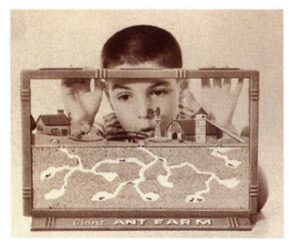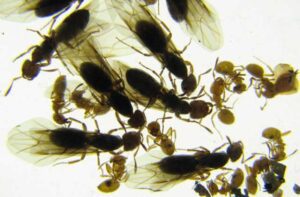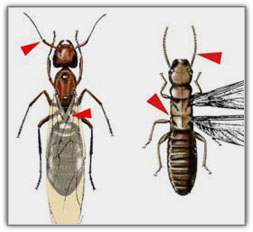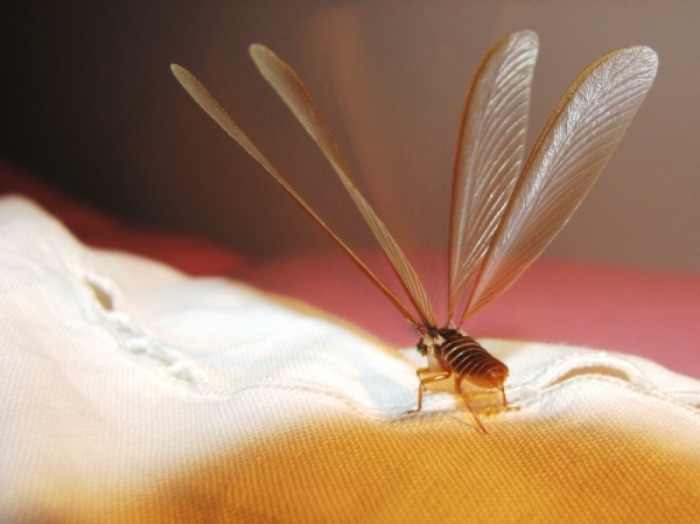The most common pest
Spring is officially here and with it comes one of the most persistent warm-weather pests—ants. As temperatures rise, Rose Pest Solutions Chicago warns that America’s number one nuisance pest will invade homes across Chicagoland in search of food. While most species present problems in people’s pantries and kitchens, some species can deliver painful bites while others inflict property damage. According to a survey from the National Pest Management Association (NPMA), more than half of consumers list ants as their top pest concern.

“As most homeowners know, ants are especially drawn to the kitchen and their sheer numbers can be daunting” said Mike O’Connor, branch manager for Rose Pest Solutions on North Ave in Chicago. “Various ant species are already starting to invade homes this spring, but eliminating food sources can help keep them at bay.”
Flying Ants vs Termites
Of all the U.S. ant species common to the Midwest, carpenter ants pose the most risks for homeowners in our region. Carpenter ants excavate wood in order to build their nests, which can compromise a home’s structural soundness. During reproductive stages, they grow wings and are often confused with termites.
How do you tell them apart? Let’s take a look at this picture of a flying ant vs. termite.
- Antennae shapes are bent on ants, curved on termites
- Ants have three body segments. Termites have two.
- Ants have two sets of wings; long ones closer to the head and shorter in the back. Termite wings are equal in shape and size.
- Termites’ waist is the same width as the rest of their bodies while ants have a narrow waist connecting their abdomen to thorax.
- Termites eat wood. Carpenter ants chew through wood, but eat food we leave behind on counters and floors.
Let’s test your new found knowledge now!
Is this a flying ant or termite? Hint: Are the wings equal in shape and size?

Ant Prevention
Although ants can be difficult to control once they have entered a home, the following preventative measures can play a major role in helping to avoid infestations:
- Wipe up crumbs and spills immediately
- Store garbage in sealed containers and remove from the home frequently
- Keep food packages closed or sealed and store products in air-tight containers
- Avoid leaving food out on the counter or pet food out on the floor for long periods of time
- Repair holes or gaps in window and door screens
- Seal cracks and holes on the outside of the home including entry points for utilities and pipes
- Keep tree branches and shrubbery well-trimmed and away from the house
- Replace weather-stripping and repair loose mortar around basement foundation and windows
- If you suspect an ant or any pest infestation in your home, contact a licensed pest professional to inspect, identify and treat the problem
“With more than 700 species of ants in the U.S., many of which create huge colonies, prevention is the key to an ant-free home,” added O’Connor.
Termite Prevention
- As most termites are attracted to moisture, avoid water accumulation near your home’s foundation. Divert water away with properly functioning downspouts, gutters and splash blocks.
- Quickly repair house damage from a leaky roof or window as termites can thrive in this moisture.
- Never bury wood scraps or waste lumber in the yard, especially near the building. Remove old tree stumps and roots around and beneath the building.
- Most importantly, eliminate any wood contact with the soil. Maintaining a 1-inch gap between the soil and wood portions of the building is ideal.
Some things are just not meant to be DIY. Our experts are here for you! Don’t hesitate to reach out to us today! 800-GOT-PESTS if you suspect a flying ant or termite problem at your home or business!




